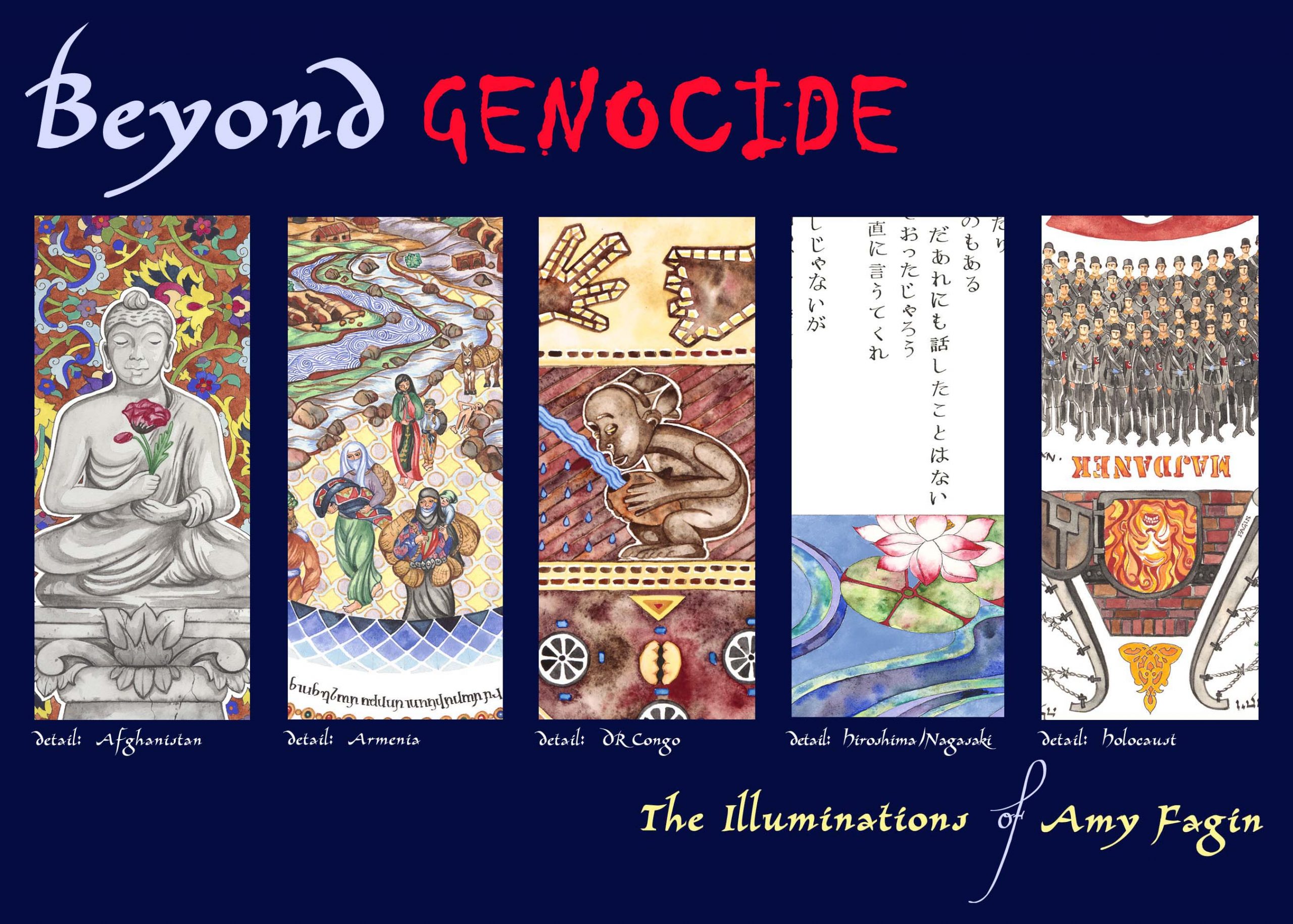On Museums
Critical theory on museology, critical museum studies, theorizing museum practice, and the evolution of the museum in contemporary public discourses are essential fields to explore prior to addressing the equally important questions as to why global communities are increasingly reckoning with the legacy of mass atrocities and trauma through the creation of memorial museums. The paradigm of the “museum” is undergoing a democratization of authority and agency world wide. Memorial museums are often on the front lines of grappling with inclusiveness, cultural persuasion and best practices with contentious histories. This section of the guide introduces resources on museum theory and practice that explore the intersections of cultural venues and atrocity crimes, human rights and curatorial considerations.
Theorising Museum Practice through Practice Theory: is a downloadable chapter from the extensive volume “The Routeledge International Handbook of Intercultural Arts Research”. This chapter establishes the center of arts expression and exhibition in museums as “places where cultures meet, negotiate, translate and intermingle, making an important contribution to scholarship in the arts and humanities by examining the intersection of theory and practice.”
Critical Museology, A Manifesto: This 2013 journal article from Museum Worlds Advances in Research makes the case for “critical museology” in contrast to “operational museology”. The article presents “essential intellectual tools for better understanding museums, related exhibitionary institutions, fields of patrimony and counter patrimonies, and the global and local flows and conditions in which they are embedded.” This discipline, the author states “is crucial for developing new exhibitionary genres, telling untold stories, re-articulating knowledge systems for public dissemination, re-imagining organizational and management structures, and re-purposing museums and galleries in line with multicultural and intercultural states and communities.”
Mediating Memory in the Museum: Trauma, Memory and Nostalgia: This 2013 volume is an exploration of case studies of “the paradigm shifts in exhibiting practices associated with the transformation of traditional history museums, exhibitions and heritage sites into “spaces of memory” over the last 30 years.” It is a contribution to an emerging field of research that is situated at the interface between memory studies and museum studies. It highlights the role of museums in the proliferation of the so-called memory boom as well as the influence of memory discourses on international trends in museum cultures.




